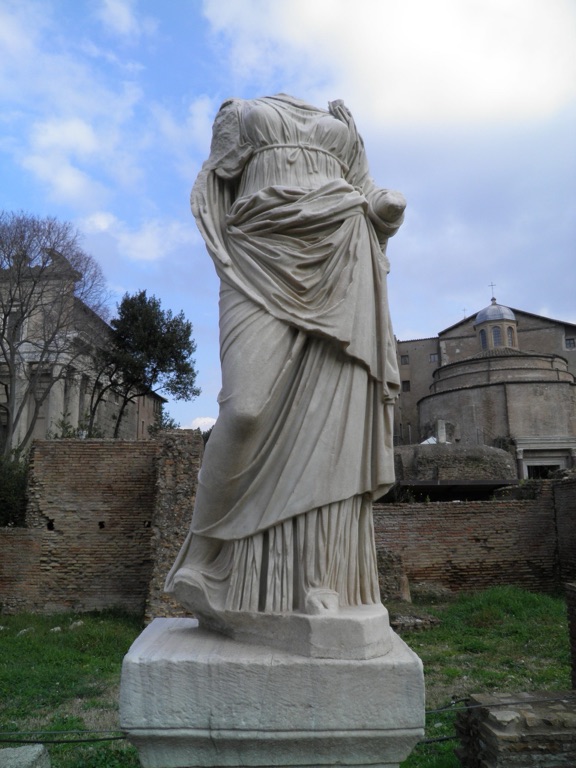The House of the Vestal Virgins, known as the “Atrium Vestae” in Latin, was a significant location in ancient Rome. Situated in the Roman Forum, it served as the residence for the Vestal Virgins, priestesses of Vesta, the goddess of the hearth. These women held a vital role in Roman society, tasked with maintaining the sacred fire of Vesta. The house, therefore, was not only a place of residence but also a central hub for religious activities. The House of the Vestal Virgins was an impressive complex, reflecting the high status of its inhabitants, and it remains an important archaeological site today.
Get your dose of History via Email
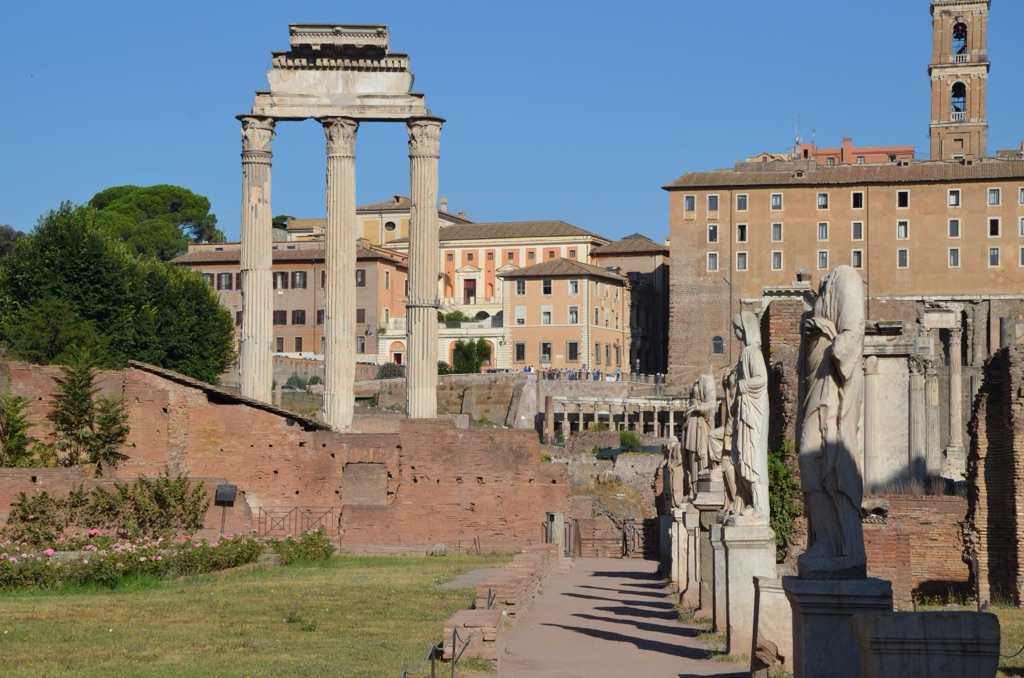
What is the historical significance of the House of the Vestal Virgins and what role did it play in ancient Roman culture and religion?
The House of the Vestal Virgins was a crucial part of ancient Roman culture and religion. The Vestal Virgins were among the most respected figures in Roman society. Their primary duty was to maintain the sacred fire of Vesta, which was believed to ensure the safety and prosperity of Rome. If the fire went out, it was considered a bad omen, signifying potential disaster for Rome.
The House, therefore, was not just a residence but a sacred space where this important religious ritual took place. The house was situated in the Roman Forum, the political and religious heart of Rome, highlighting its significance.
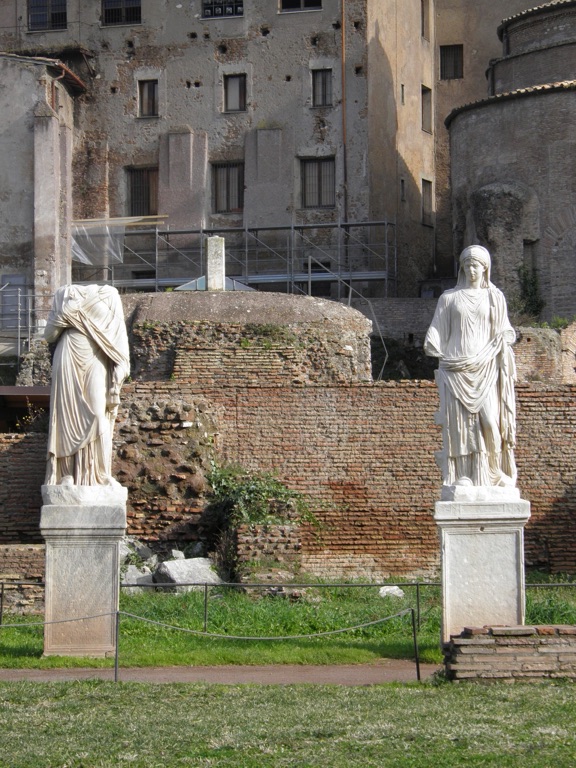
Furthermore, the Vestal Virgins were sworn to chastity and were free from the usual social obligations of women in Roman society. They had privileges that other women did not, such as the ability to own property. The House of the Vestal Virgins was a symbol of their unique status.
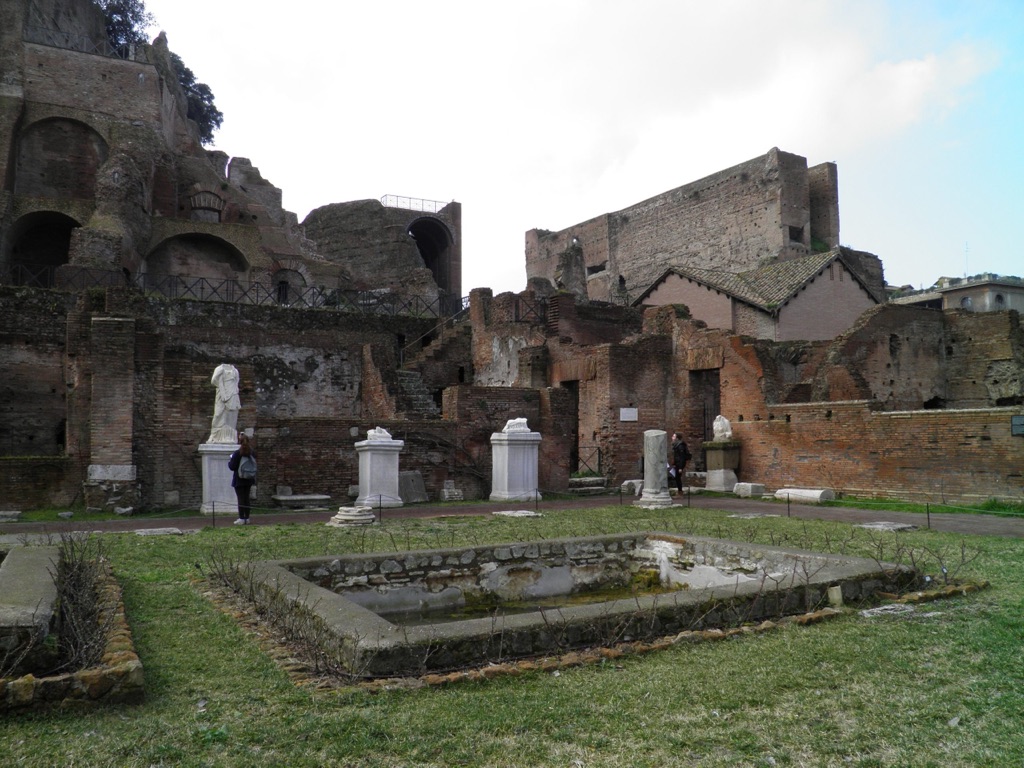
The Vestal Virgins also played a significant role in various religious ceremonies and festivals. Their presence was often required at public events, further underlining the importance of the House of the Vestal Virgins as their base.
Therefore, the House was a vital part of the religious and cultural fabric of ancient Rome. Its importance is underscored by its prominent location in the Roman Forum and the high status of its inhabitants.
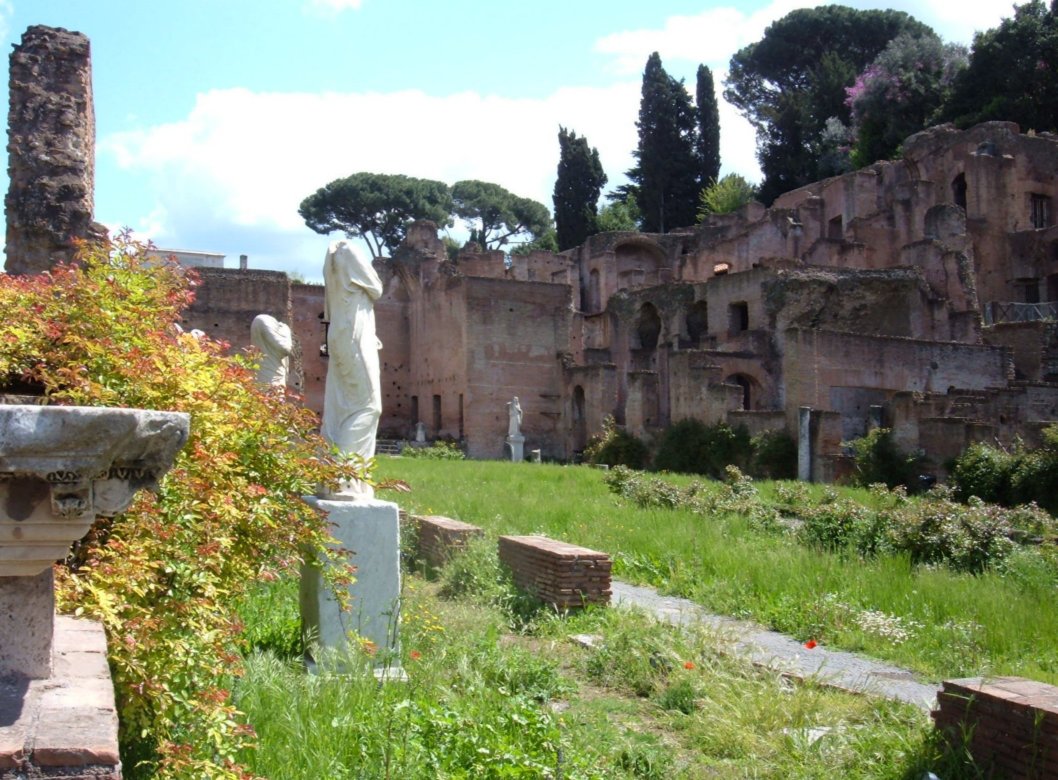
What are some of the key architectural features and discoveries?
The House of the Vestal Virgins was an architectural marvel of its time. The complex included a large courtyard surrounded by a two-story portico, with a series of rooms around the edges. The house was built around a central hearth, symbolizing the sacred fire that the Vestal Virgins were tasked with maintaining.
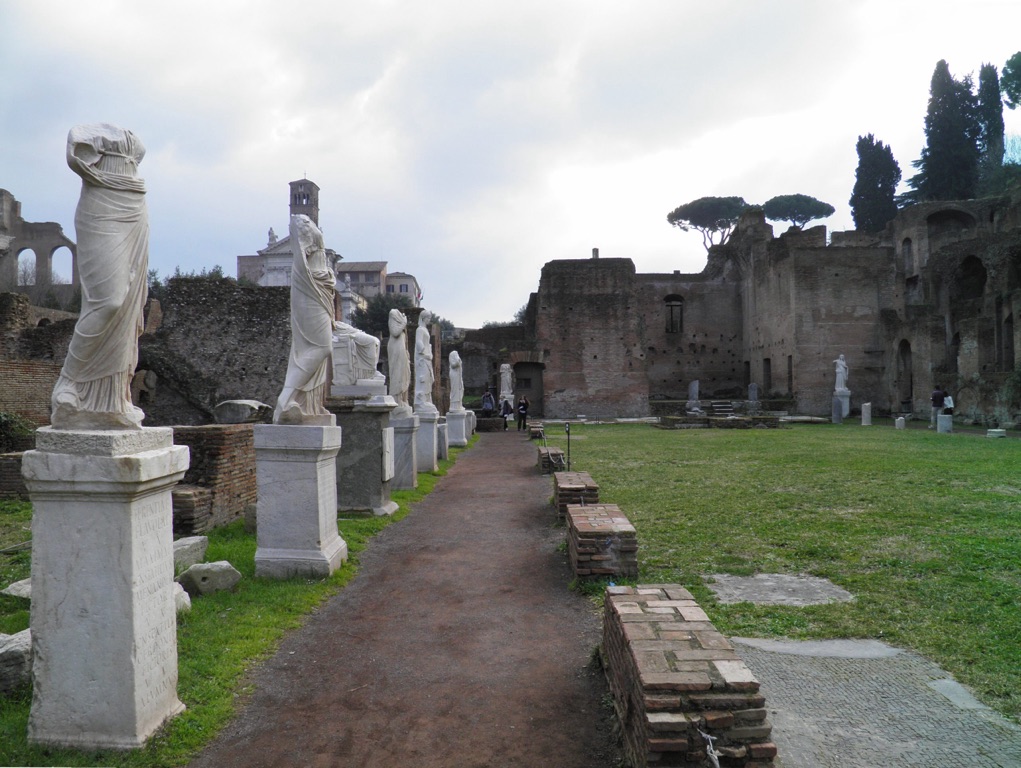
One of the most notable features of the house is the statues of the Vestal Virgins. These statues, found in the courtyard, are a testament to the importance of the Vestal Virgins in Roman society. Each statue has a base with an inscription detailing the achievements of the individual Vestal Virgin, providing valuable insights into their lives and roles.
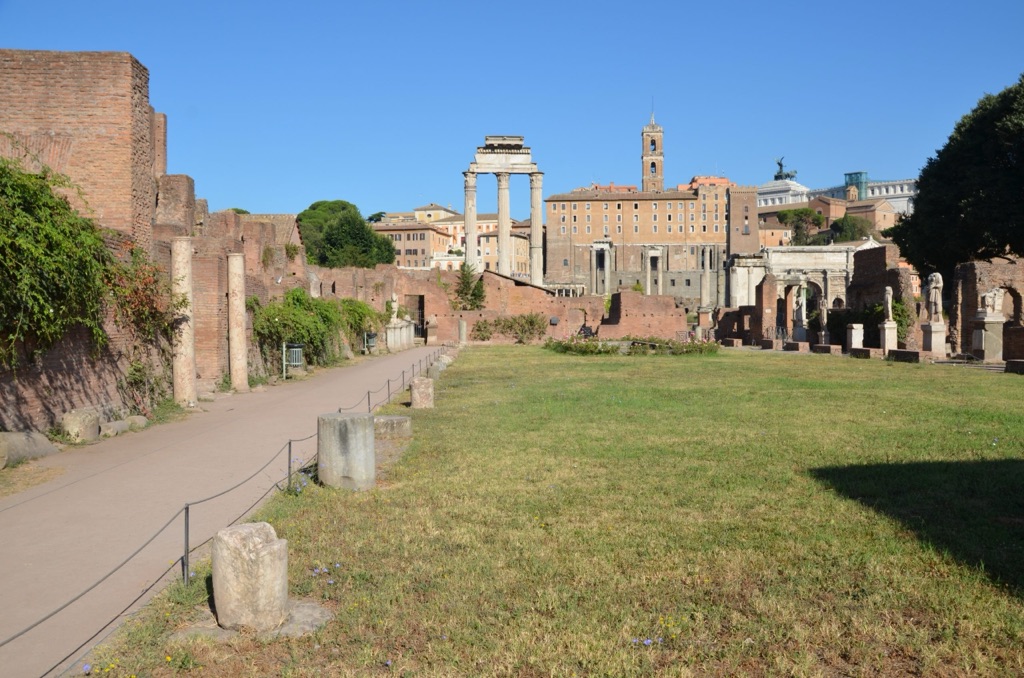
Excavations at the site have also revealed a variety of artifacts, including household items, religious objects, and personal belongings of the Vestal Virgins. These discoveries have provided a wealth of information about the daily lives of the Vestal Virgins and their religious duties.
The house underwent several renovations over the centuries, reflecting changes in architectural styles and the evolving status of the Vestal Virgins. Despite these changes, the house retained its central function as a religious and residential space for the Vestal Virgins.
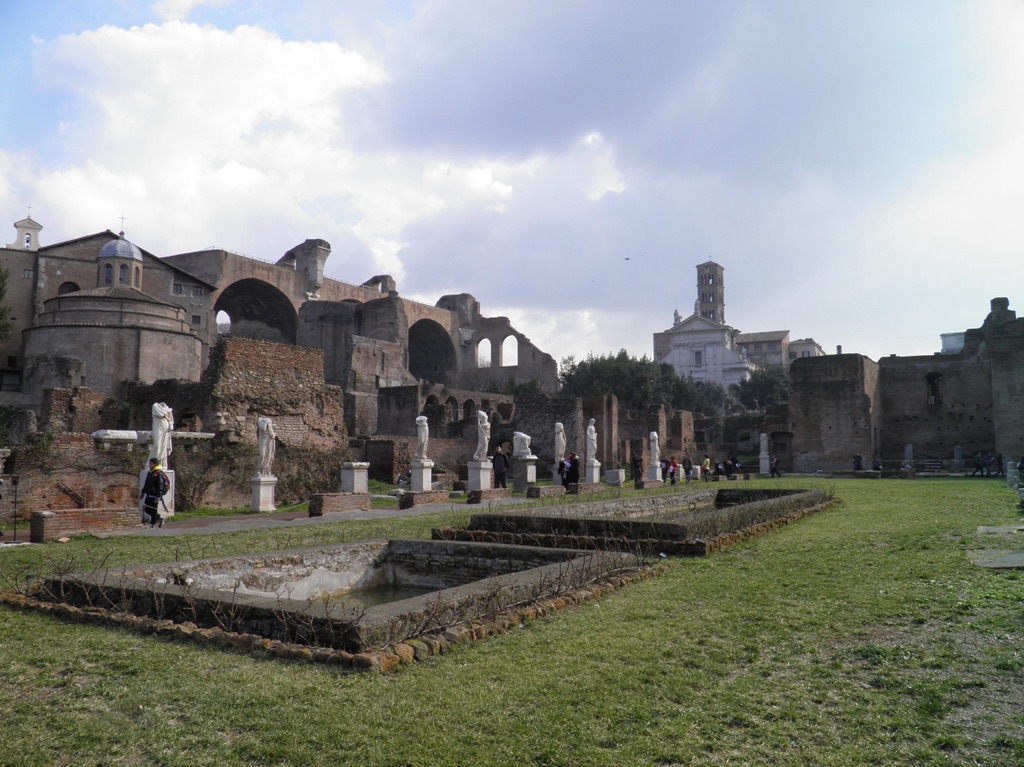
Overall, the architectural features and discoveries at the House offer a fascinating glimpse into the world of the Vestal Virgins and their significant role in ancient Roman society.
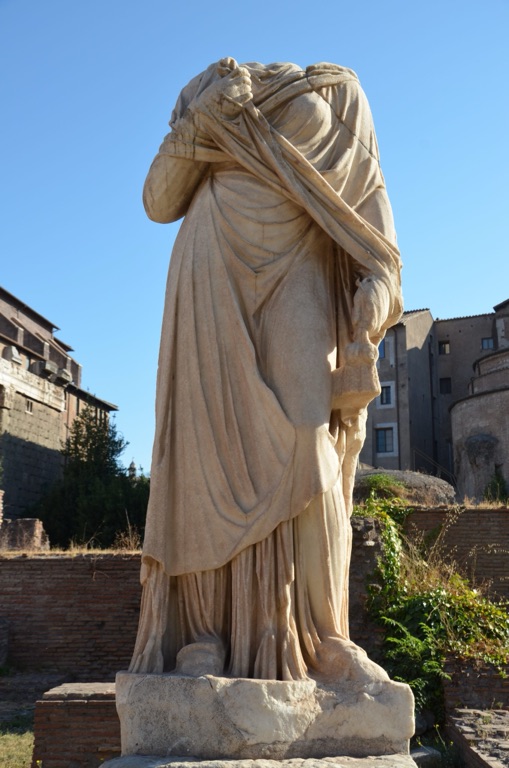
Conclusion and Sources
In conclusion, the House of the Vestal Virgins was a significant part of ancient Roman culture and religion. It served as the residence and religious center for the Vestal Virgins, who held a unique and respected position in Roman society. The house’s architectural features and the artifacts discovered there provide valuable insights into the lives of the Vestal Virgins and their important role in maintaining the sacred fire of Vesta. The House remains an important archaeological site, offering a window into the past and the rich history of ancient Rome.
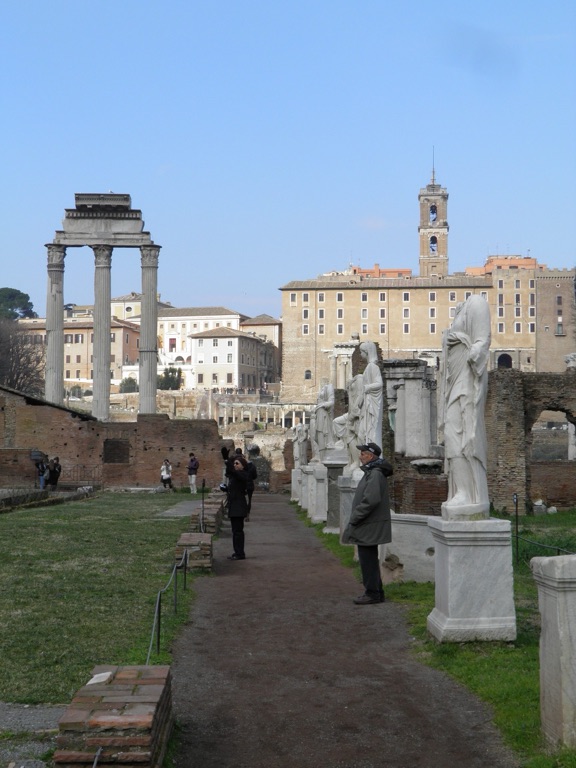
Reputable sources for this article include:

